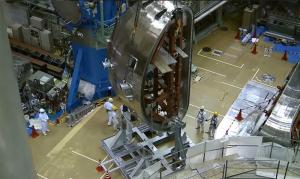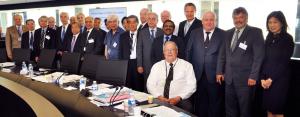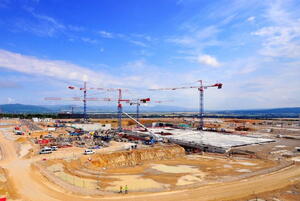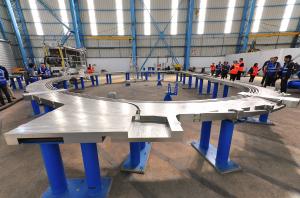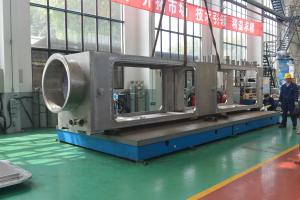What’s New
23 June 2014
ITER news digest for the period of 16 June 2014 to 23 June 2014.

Soccer and JET: conflicting demands...

Nine years into one: the time-lapse video of Wendelstein 7-X assembly
